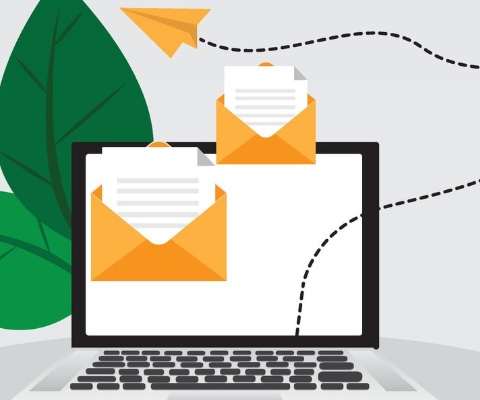
Understanding A/B Testing: The Tool Smart Marketers Swear By
In the realm of relationship marketing, where understanding audience needs is key to success, smart marketers rely on data-backed strategies. A/B testing, also known as split testing, emerges as a crucial method for driving campaigns that resonate with consumers and propel them along the customer journey.
So, what exactly is A/B testing?
A/B testing involves conducting marketing experiments where different versions of a variable, such as headlines, content length, or landing page designs, are presented to segmented audiences. One group sees one version while another views a different one. By analyzing the performance of these variations, marketers can make informed decisions about which approaches yield the best results. Ultimately, the version that positively impacts business metrics wins, and implementing it across the entire audience base can drive engagement, reactions, revenue, and ROI.
Why is A/B testing essential?
Within the realm of Conversion Rate Optimization (CRO), A/B testing plays a pivotal role, offering both qualitative and quantitative insights into user behavior. Here are some benefits:
Data-driven insights: A/B testing provides valuable data on user behavior, engagement rates, pain points, and satisfaction levels with marketing strategies.
Understanding impact: Marketers gain insights into how different elements, such as subject lines, emojis, buttons, imagery, and pre-header text, affect key metrics like open rates and engagement.
Eliminating guesswork: By relying on data rather than assumptions, A/B testing helps marketers make informed decisions, reducing uncertainty and increasing the effectiveness of campaigns.
Improving user experience: By identifying what resonates best with audiences, A/B testing enables marketers to optimize user experience, leading to higher conversion rates and customer satisfaction.
Cost-effectiveness: A/B testing allows marketers to maximize the potential of their existing customer base, driving conversions without significant additional expenditure on user acquisition.
In essence, A/B testing empowers marketers to refine their strategies, enhance engagement, and achieve better ROI by leveraging insights gleaned from controlled experiments. By continuously testing and optimizing campaigns, marketers can stay ahead in the dynamic landscape of digital marketing while delivering impactful experiences to their audience.

















